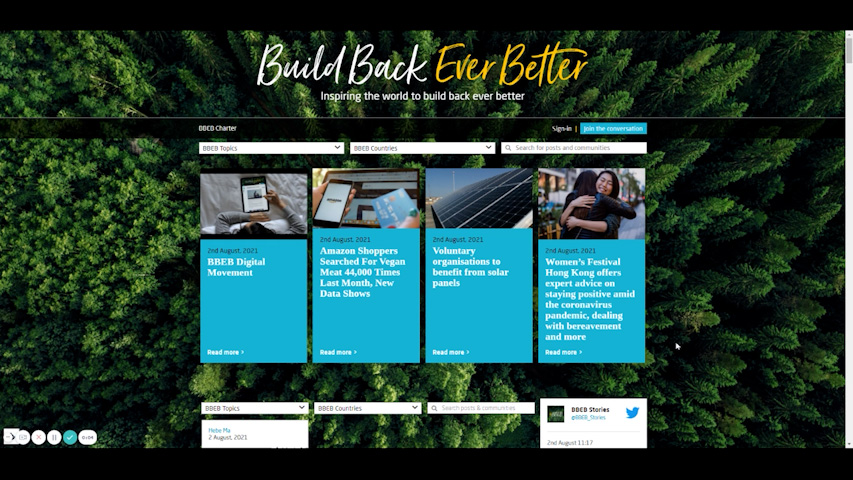The secret world beneath our feet is mind-blowing – and the key to our planet’s future. Soil might not be as beautiful to the eye as a rainforest or a coral reef, but once you begin to understand it, it is as beautiful to the mind. Upon this understanding our survival might hang.
Farming is the world’s greatest cause of habitat destruction, the greatest cause of the global loss of wildlife and the greatest cause of the global extinction crisis. It’s responsible for about 80% of the deforestation that’s happened this century. Of 28,000 species known to be at imminent risk of extinction, 24,000 are threatened by farming. Only 29% of the weight of birds on Earth consists of wild species: the rest is poultry. Just 4% of the world’s mammals, by weight, are wild; humans account for 36%, and livestock for the remaining 60%.
Over the past 100 years, our use of water has increased six-fold. Irrigating crops consumes 70% of the water we withdraw from rivers, lakes and aquifers. Already, 4 billion people suffer from water scarcity for at least one month a year and 33 major cities, including São Paulo, Cape Town, Los Angeles and Chennai, are threatened by extreme water stress. As groundwater is depleted, farmers have begun to rely more heavily on meltwater from glaciers and snowpacks. But these, too, are shrinking.
Soil degradation is bad enough in rich nations, where the ground is often left bare and exposed to winter rain, compacted and wrecked by overfertilisation and pesticides that rip through its foodwebs. But it tends to be even worse in poorer nations, partly because extreme rainfall, cyclones and hurricanes can tear bare earth from the land, and partly because hungry people are often driven to cultivate steep slopes. In some countries, mostly in Central America, tropical Africa and south-east Asia, more than 70% of the arable land is now suffering severe erosion, gravely threatening future production.
Climate breakdown, which will cause more intense droughts and storms, exacerbates the threat. The loss of a soil’s resilience can happen incrementally and subtly. We might scarcely detect it until a shock pushes the complex underground system past its tipping point. When severe drought strikes, the erosion rate of degraded soil can rise 6,000-fold. In other words, the soil collapses. Fertile lands turn to dustbowls.
Soil is the most neglected of major ecosystems
















